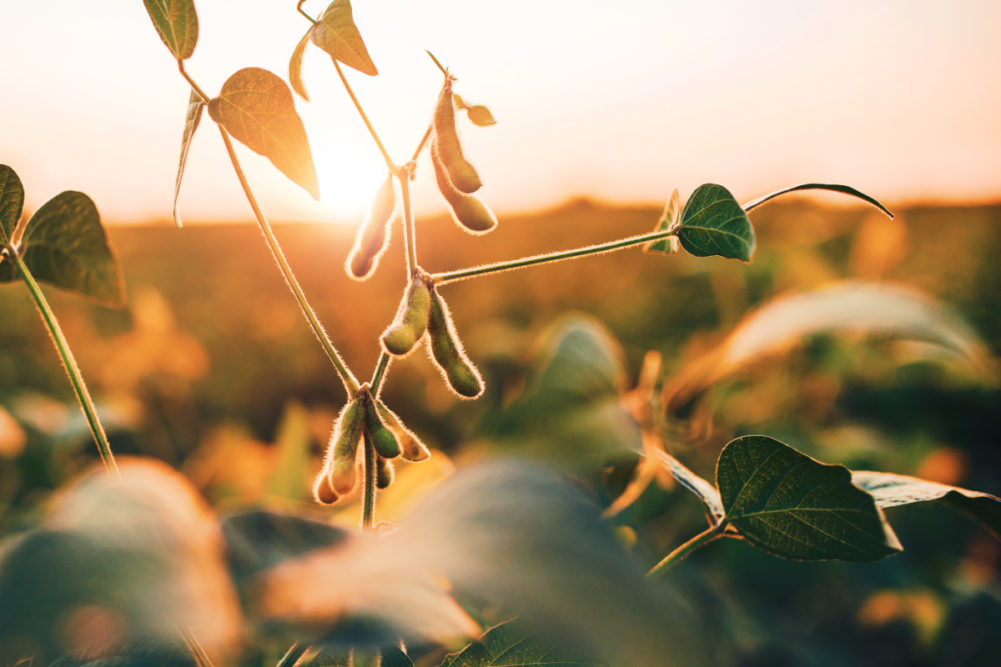MOSCOW, RUSSIA — As Russia focused on domestic food security during the onset of the COVID-19 pandemic, its ag sector faced challenges that impacted oilseed production. The government implemented a grain export quota in the first half of 2020, grain and oilseed export duties set in December 2020. The country also experienced a drought in the first half of 2020. This created a downward oilseed production trend in the 2020-21 marketing year, according to a Global Agricultural Information Network (GAIN) report from the US Department of Agriculture (USDA).
These factors led to an increase in sunflower oil throughout the country. In December 2020, the Russian government signed an agreement with leading agricultural producers to fix prices for products. In recent years, Russia has focused more on developing its soybean and rapeseed crop as its sunflower seed production has become well developed. Based on these developments, the USDA expects to see a rise in oilseed production in the 2021-22 marketing year, particularly soybean.
Russia’s soybean production in the 2021-22 marketing year is anticipated to total 4.4 million tonnes and bounce back from the flooded crops from the previous year of 4.3 million tonnes.
With the new allowance of genetically engineered soybeans, the USDA expects Russia’s soybean imports to reach 2.1 million tonnes in the 2021-22 marketing year. Restored demand from China following COVID-19 is anticipated to push Russian soybean exports to 900,000 tonnes in 2021-22 marketing year.






